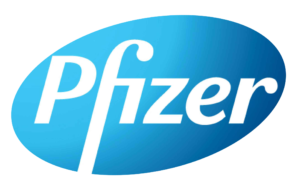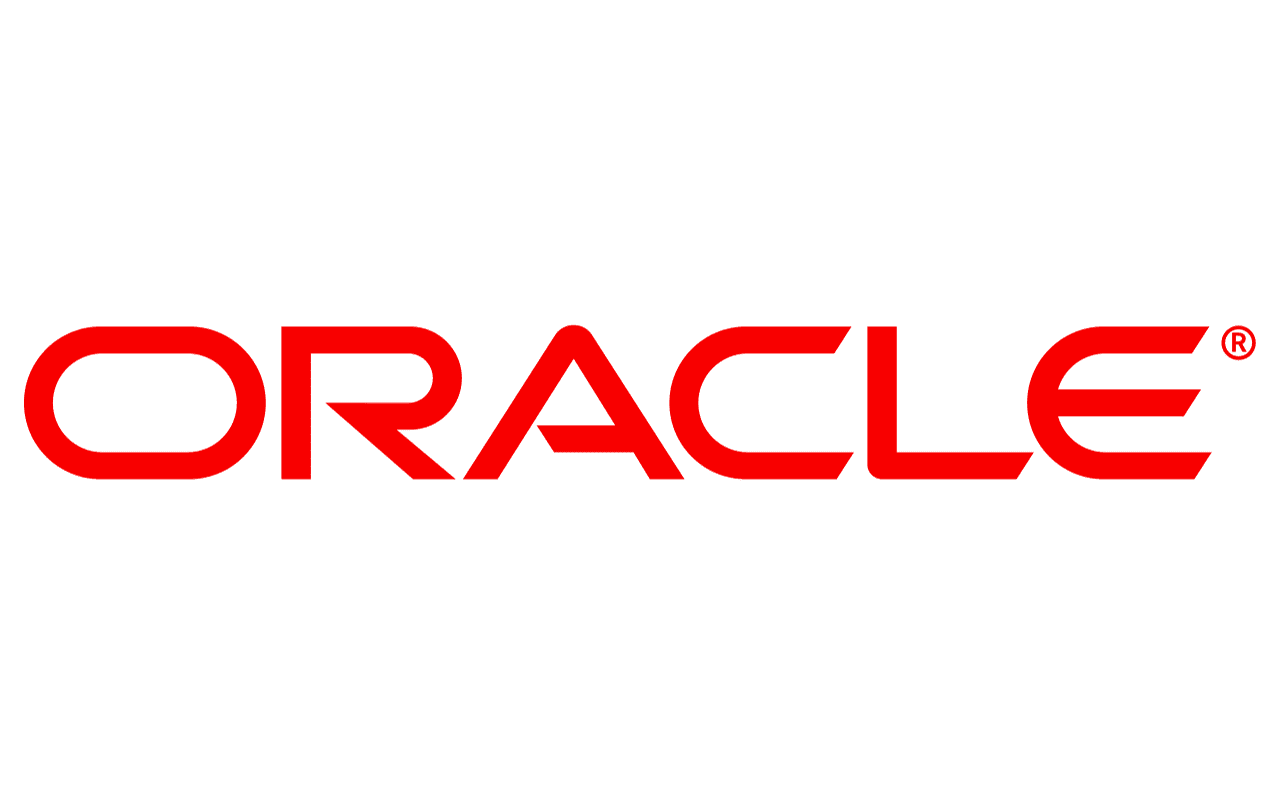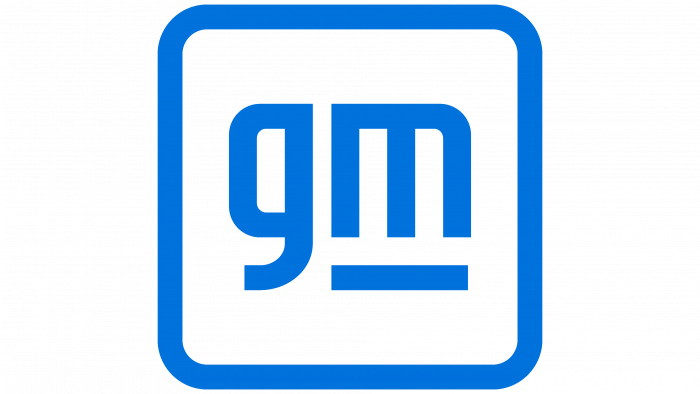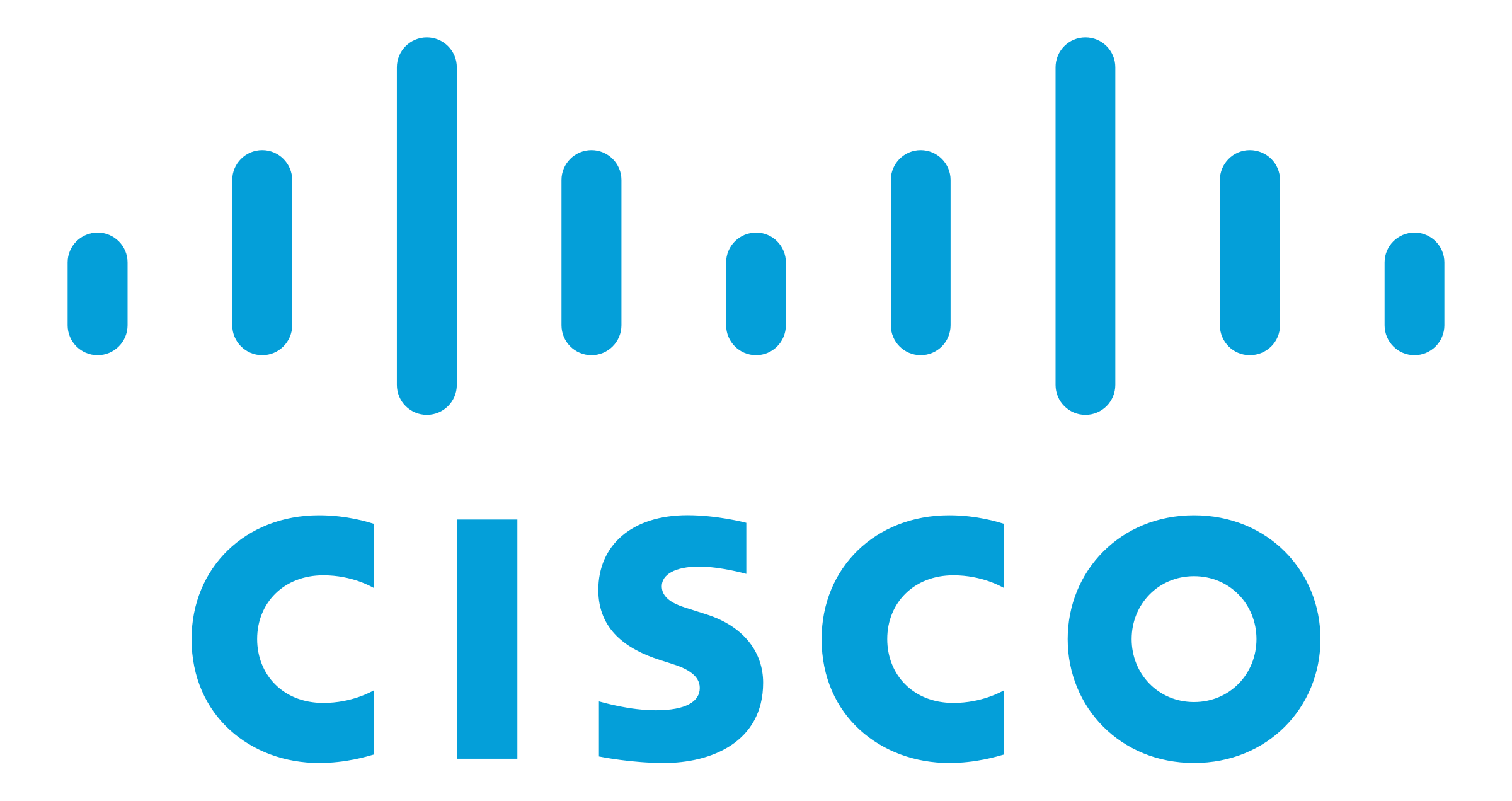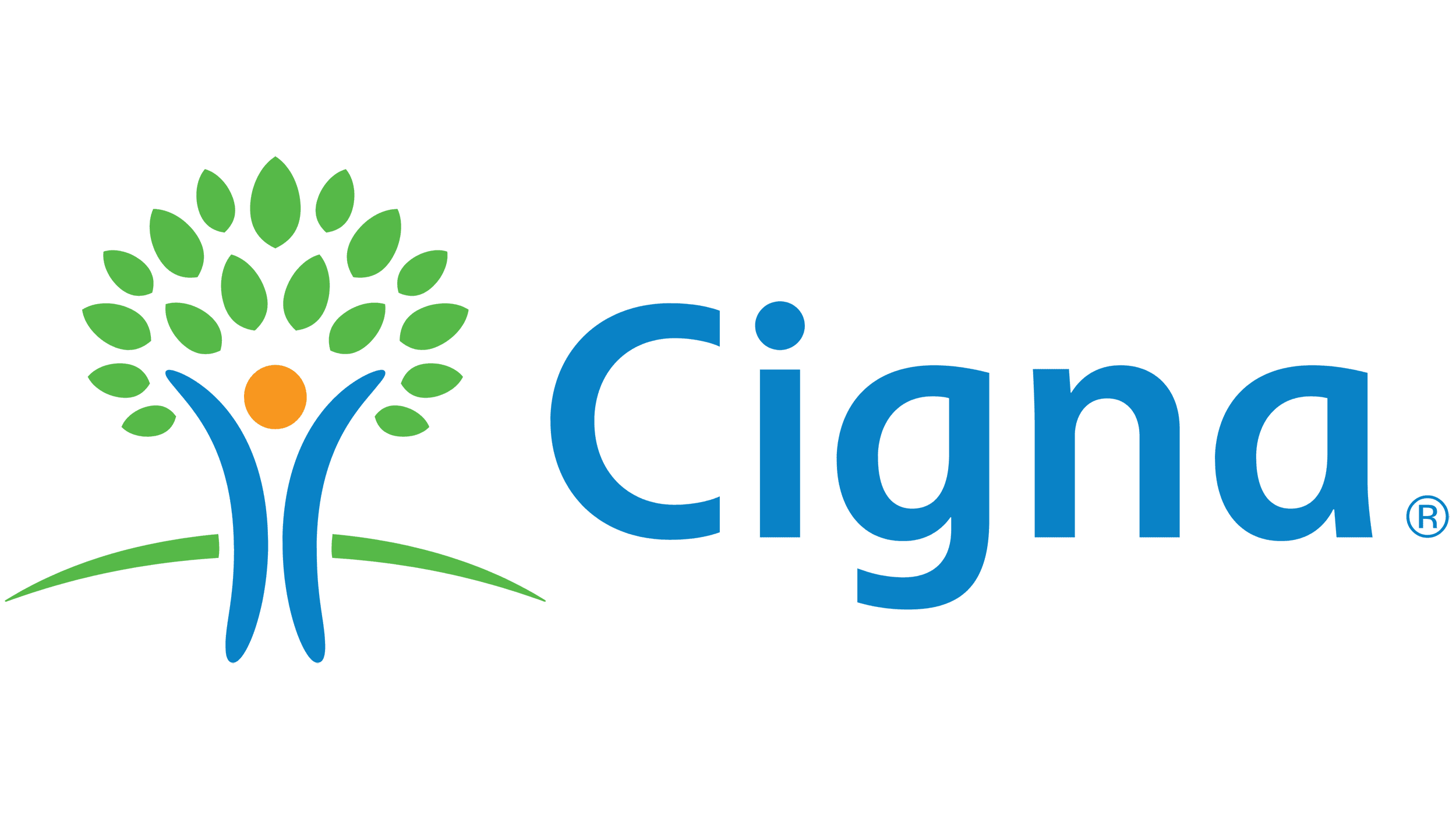Mastering the Art of Quantifying Achievements on an Executive Resume: Advanced Strategies for 2025
In the fast-evolving realm of executive career development, the ability to quantify achievements on your executive resume remains a paramount skill. It not only sets you apart from the competition but also substantiates your tangible contributions to organizations. However, the journey is fraught with challenges, particularly concerning confidentiality and the nuanced task of measuring impact. In this article, we’ll delve deeper into the significance of quantifying executive achievements, navigate through intricate hurdles, and provide advanced strategies and illustrative examples tailored to diverse industries.
Key Takeaways:
- Elevating Your Executive Resume: Learn to master the art of quantifying achievements to elevate your executive resume and make an indelible mark on potential employers.
- Advanced Tactics for Success: Explore advanced tactics encompassing business metrics, leadership influence, strategic initiatives, and the power of transferable skills to confidently quantify your achievements.
- Navigating Confidentiality Challenges: Discover strategies for quantifying accomplishments while preserving confidentiality and ensuring data accuracy.
Want to save time?
Let us help you land your next executive position by crafting the best resume or by managing your entire job search. Here’s more information about our Executive Resume Writing Services and Reverse Recruitment Service. Book a call today to speak directly with our CEO and Founder, Arno Markus!
Industry Stats: According to the U.S. Bureau of Labor Statistics (BLS), the employment of top executives is projected to grow 6% from 2021 to 2031, which is about as fast as the average for all occupations.
The Critical Role of Quantified Achievements for Executives
As seasoned executives, you understand the relentless competition that defines the contemporary job market. In this fiercely competitive landscape, quantifying your resume achievements becomes paramount. It’s not merely an option but a strategic necessity. By presenting numerical evidence of your past successes, you elevate your resume beyond a mere list of responsibilities.
While many focus solely on detailing job responsibilities, it’s the quantifiable achievements that truly capture the attention of discerning hiring managers. Consider accomplishments such as surpassing annual sales targets, leading impactful employee engagement initiatives, driving a 50% increase in website traffic, or reducing customer complaints by an impressive 20%. Each of these quantified successes serves as a testament to your performance and the outcomes of your diligent efforts. Here’s why quantified achievements are essential:
Immediate Impact Recognition: Rather than listing duties or responsibilities, quantified achievements immediately convey the difference an executive made. For instance, “Increased annual revenue by 15% to $1.5 million” is far more powerful than “Responsible for revenue growth.”
Evidence of Success: Quantified achievements provide concrete evidence of one’s success. It showcases that the executive not only set goals but also achieved them.
Facilitates Comparisons: Quantified metrics allow potential employers or stakeholders to compare the performance of one executive with another easily. This aids in assessing the relative impact an executive might bring.
Highlights Problem-solving Skills: If an achievement showcases how an executive turned around a failing project or led a team through a challenging phase, it points to their problem-solving and leadership capabilities.
Demonstrates Scope of Impact: Quantified results often come with context. By stating that an executive “Led a team of 200 to achieve a 20% reduction in operational costs,” it gives a clear picture of the scale at which the executive operates.
Enables Forward Projection: Potential employers or partners can use past quantified achievements as a basis to project future success. It gives them confidence in the executive’s ability to replicate success.
Creates a Narrative: Quantified achievements can weave a story of continuous growth, adaptation, and excellence, which can be influential in portraying the executive’s career journey.
Supports Personal Branding: For executives, personal branding is crucial. Their reputation often precedes them. Quantified achievements are strong pillars upon which to build this brand.
Enhances Credibility: Numbers and metrics, when verifiable, can significantly enhance the credibility of an executive’s claims. It shows they are results-driven and focused on tangible outcomes.
Facilitates Targeted Positioning: When an executive is targeting a particular role or industry, they can highlight relevant quantified achievements to make their resume more tailored and impactful.
Related: Executive Resume Examples
Challenges in Quantifying Executive Accomplishments
- Confidentiality Concerns: As executives, you often handle sensitive information about organizational performance, strategies, and operations. Striking a balance between showcasing your worth and upholding confidentiality is pivotal. It involves emphasizing results achieved without disclosing specifics about projects or clients. Breaching confidentiality can lead to legal consequences, erode trust, tarnish an organization’s reputation, and jeopardize client relationships. To mitigate these risks, consider using percentage increases or relative figures rather than divulging sensitive data.
- Measuring Impact: The complexity of executive roles and the intangible nature of some contributions make measuring impact a challenging task. However, advanced methods like financial metrics, decision analysis tools, and decision execution management can be employed. Setting clear objectives, monitoring progress, and devising a plan for assessing leadership development effectiveness are instrumental in gauging the influence of executive leadership.
- Broad Scope of Responsibility: Executives typically oversee a vast array of functions, making it difficult to narrow down specific achievements. Which ones should be quantified and highlighted, and which ones should be left out?
- Long-term Initiatives: Some executive decisions, especially in areas like strategic planning or brand positioning, might take years to manifest tangible results. How does one quantify an initiative’s impact when it’s still in progress or when the benefits will only be realized in the future?
- Tell a Story: Instead of just listing quantified achievements, weave them into a narrative that provides context and shows the broader impact of your role.
- Use Proxy Metrics: For intangible contributions, find related metrics that can act as proxies. For instance, employee retention rates might be used to quantify the impact of a positive culture change.
- Maintain Confidentiality: Use percentage changes or relative growth metrics instead of absolute numbers when dealing with sensitive data.
- Engage a Professional: Consider working with a professional executive resume writer or career coach who specializes in executive resumes. They can offer insights and techniques to best represent your accomplishments.
Related: Executive Resume Writing Service
Advanced Strategies for Quantifying Executive Resume Achievements
Advanced strategies for quantifying executive achievements go beyond merely presenting numbers. They integrate data-driven results with context, strategic impact, and forward-looking indicators to convey a more holistic picture of the executive’s contributions. Here are some advanced strategies:
- Breakdown Macro Achievements: Split larger achievements into smaller quantifiable elements. Instead of stating, “Led company transformation,” detail it as “Increased operational efficiency by 20%, reduced overheads by 15%, and introduced 3 new revenue streams.”
- Cost-Benefit Analysis: Showcase the ROI of your initiatives. If you spearheaded a new project or technology adoption, compare the investment cost against the financial gains or savings achieved.
- Benchmark Against Industry Averages: Rather than just presenting raw figures, show how your accomplishments stand against industry averages. For instance, “Achieved 20% growth in a market growing at 5%.”
- Predictive Metrics: Highlight your forward-looking strategies by showcasing potential impact metrics. For instance, “Initiated a digital transformation strategy projected to increase customer engagement by 30% in the next two years.”
- Opportunity Cost: Highlight decisions where you avoided a potential loss or capitalized on an unforeseen opportunity. “Mitigated a potential 10% revenue loss by quickly pivoting to remote solutions during the pandemic.”
- Market Share Metrics: Instead of general revenue or profit figures, emphasize changes in market share or market position under your leadership.
- Balanced Scorecard Approach: Use a mix of financial and non-financial metrics to showcase a more comprehensive impact. This might include elements like customer satisfaction scores, employee engagement rates, or sustainability initiatives, along with financial results.
- Feedback and Recognition Metrics: Highlight quantifiable feedback from stakeholders, such as “Achieved a 95% approval rating from board members” or “Recognized as the top-performing division among five global regions.”
- Scenario Analysis: If you’ve ever had to make a difficult choice between several strategic options, showcase the potential impact of different scenarios and justify the chosen path with the achieved (or expected) outcomes.
- Showcase Cumulative Impact: Instead of annual or project-specific metrics, consolidate achievements to demonstrate cumulative or long-term impact, such as “Grew the customer base from 10,000 to 50,000 over five years.”
- Economic Value Added (EVA): If applicable, use EVA to demonstrate how your decisions and initiatives contributed to the company’s true economic profit, factoring in opportunity costs.
- Leverage Data Visualization: When feasible, use graphs, charts, or infographics to visually represent complex achievements. Visual data often leaves a stronger impression.
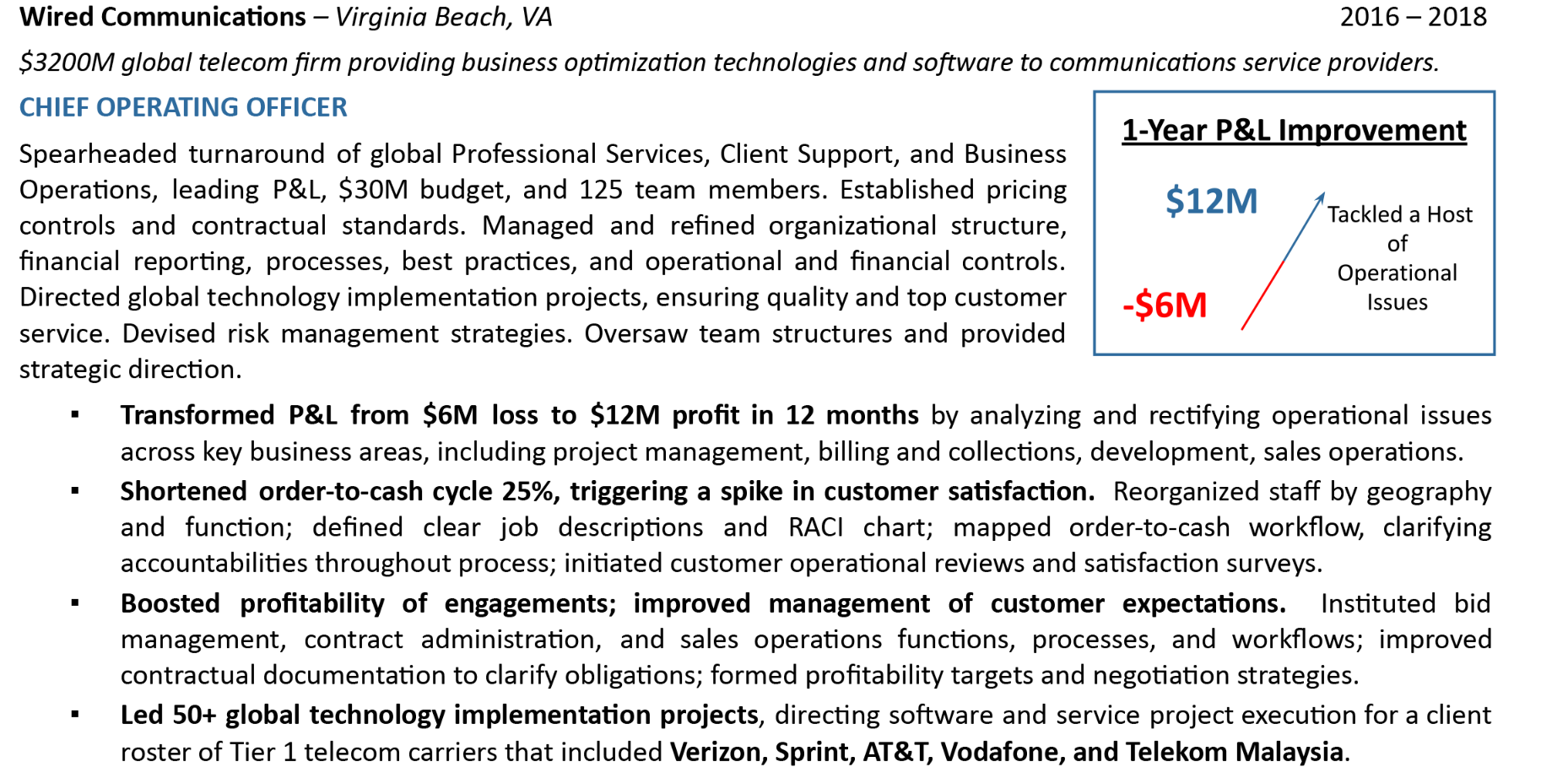
Examples of Quantified Executive Achievements
Let’s delve into some nuanced examples of quantified executive achievements across various domains:
Sales and Revenue Growth:
- Orchestrated a marketing campaign leading to a remarkable 20% surge in sales and a 10% expansion in market share.
- Pioneered the company’s entry into new market segments, resulting in an impressive revenue growth of 30% within a fiscal year.
- Fostered repeat business, elevating client retention rates by 25% through strategic account management.
Operational Efficiency:
- Streamlined inventory management, reducing operational costs by 15% and minimizing inventory holding time by 20%.
- Led a digitization initiative, eliminating the need for physical storage and enhancing data accessibility, resulting in annual savings of $2 million.
Innovation and Product Development:
- Spearheaded the launch of a groundbreaking product line, propelling a 25% increase in revenue and a 15% gain in market share.
- Implemented a dynamic customer feedback system, elevating customer satisfaction scores by 18% and boosting website traffic by 40%.

Tailoring Your Executive Resume for Industry Excellence:
Customizing your executive resume for diverse industries amplifies its impact. Highlight industry-specific expertise, regulatory acumen, and leadership skills pertinent to the targeted position. In the healthcare industry, for instance, emphasize your proficiency in navigating complex healthcare regulations and policies, showcasing not only your leadership but also your adaptability to industry-specific demands.
Let’s delve into more in-depth examples of quantified executive achievements across diverse industries to illustrate the concepts effectively:
- Financial Services – Revenue Growth:
Imagine you’re an executive in a financial services firm, responsible for the asset management division. You successfully implemented a new investment strategy that resulted in substantial revenue growth. Instead of merely stating this achievement, quantify it:
“Revamped the investment strategy, leading to a remarkable 35% increase in assets under management (AUM) within six months. This growth amounted to an additional $1.2 billion in AUM, solidifying our position as a market leader.”
- Technology – Product Innovation:
Suppose you are a Chief Technology Officer (CTO) at a technology company, known for your innovative product development. Highlight your achievement in launching a groundbreaking product:
“Pioneered the development of a game-changing software solution, which generated $50 million in revenue within its first year on the market. This product not only bolstered our market share by 12% but also earned accolades for its disruptive impact in the industry.”
- Healthcare – Patient Outcomes:
In a healthcare leadership role, improving patient outcomes is paramount. Quantify your impact on patient care:
“Implemented data-driven care protocols resulting in a 25% reduction in hospital readmissions within a year. This not only enhanced patient satisfaction but also led to annual cost savings of $2.5 million due to reduced healthcare utilization.”
- Manufacturing – Operational Efficiency:
As a manufacturing executive, operational efficiency is a critical metric. Quantify your achievements in streamlining operations:
“Led an initiative to optimize the supply chain, reducing production lead times by 30%. This resulted in a 15% reduction in manufacturing costs and a 20% increase in on-time deliveries, directly contributing to a 10% improvement in customer satisfaction.”
- Retail – Market Expansion:
Suppose you’re an executive in a retail conglomerate, tasked with expanding into new markets. Quantify your success:
“Oversaw the expansion into the Asia-Pacific region, resulting in a 40% increase in international sales within two years. This market expansion not only boosted revenue by $500 million annually but also diversified our global footprint.”
- Energy – Sustainability Initiatives:
In the energy sector, sustainability achievements are of utmost importance. Quantify your contributions:
“Initiated and executed sustainability measures that reduced carbon emissions by 15% and energy consumption by 20%. These efforts translated into annual cost savings of $8 million and positioned the company as an industry leader in environmental responsibility.”
- Consulting – Client Impact:
As an executive in a consulting firm, your impact on clients is central. Quantify the value you’ve brought to clients:
“Led a strategic consulting project for a Fortune 500 client, resulting in a 25% increase in operational efficiency. This translated to cost savings of $15 million annually for the client, solidifying our reputation as a trusted advisor in the industry.”
These examples showcase how quantified achievements can vary across industries and highlight the tangible outcomes of an executive’s contributions. Such quantification not only bolsters a resume but also provides concrete evidence of an executive’s value and impact in their respective field.
Impact on Hiring Process
A study conducted by the Harvard Business Review found that resumes with quantified achievements are 40% more likely to capture the attention of recruiters and hiring managers. This suggests that quantified achievements are pivotal in the initial screening and shortlisting of candidates for executive positions.
- Career Progression Acceleration:
The majority of HR professionals believe that candidates who effectively quantify their achievements on their resumes are more likely to advance their careers at a faster pace. This indicates that quantification can significantly contribute to career progression.
- Salary Negotiations:
A report by PayScale revealed that executives who quantified their achievements on their resumes were able to negotiate an average salary that was 7-10% higher than those who did not. This emphasizes how quantification not only aids in securing positions but also influences compensation packages.
- Industry-Specific Impact:
Data from a survey conducted by LinkedIn showed that in industries where metrics and quantifiable results are crucial, such as sales, finance, and marketing, executives who highlighted quantified achievements were 25% more likely to be shortlisted for interviews compared to those who relied solely on job responsibilities.
- Long-Term Career Growth:
Research by the Corporate Executive Board (CEB) indicates that executives who consistently quantify their achievements on their resumes are more likely to be considered for high-level leadership positions within their organizations. This reflects the long-term impact of quantified achievements on career growth.
While these insights may not provide granular statistics on every aspect of quantified achievements in executive careers, they underscore the importance of quantification in the hiring process and career progression. Executives can leverage these findings to recognize the value of quantifying their achievements and the positive impact it can have on their professional journey.
Case Study 1: John Anderson – Chief Marketing Officer (CMO)
Background: John Anderson was an experienced marketing executive looking to transition into a CMO role at a prominent technology company.
Challenge: John knew he needed to stand out in a competitive field of CMO candidates. He recognized that merely listing his responsibilities wouldn’t cut it.
Quantified Achievements: John revamped his resume by quantifying his achievements:
- “Led a digital marketing team that increased online sales by 45% in a single year, contributing an additional $30 million in revenue.”
- “Implemented SEO strategies that improved website traffic by 60%, resulting in a 20% boost in organic leads.”
Outcome: By quantifying his achievements, John not only caught the attention of recruiters but also impressed the hiring panel during interviews. He secured the CMO position at the technology company, showcasing his tangible impact on digital marketing strategies.
Case Study 2: Sarah Mitchell – Chief Operations Officer (COO)
Background: Sarah Mitchell was a seasoned operations executive aiming for a COO role at a leading healthcare organization. Challenge: Sarah needed to prove her ability to drive operational efficiency and cost savings, which are paramount in the healthcare industry. Quantified Achievements: Sarah transformed her resume with quantified achievements:
- “Implemented Lean Six Sigma principles, reducing operating costs by 18%, resulting in annual savings of $12 million.”
- “Led a cross-functional team that improved patient discharge processes, reducing average discharge times by 25%, enhancing patient satisfaction.”
These case studies highlight how executives like John and Sarah strategically quantified their achievements on their resumes. This not only helped them secure high-profile roles but also positioned them as results-oriented leaders in the digital era. Their success stories emphasize the importance of quantifying accomplishments to stand out in competitive job markets.
Psychological Aspects of Achievements
Let’s delve into the psychological insights behind quantified achievements and their influence on the perception of an executive’s competence and value in the job market:
- Cognitive Ease and Memorability:
When a hiring manager or recruiter reviews a resume filled with quantified achievements, they experience cognitive ease. This means the information is presented in a clear, easily digestible format. The brain tends to favor information that is easy to process, making it more memorable. As a result, an executive’s accomplishments presented with numbers tend to stick in the reader’s mind.
- Perceived Competence:
Quantified achievements trigger a psychological phenomenon known as the “halo effect.” When recruiters see concrete, measurable results, they tend to perceive the executive as more competent and capable. The numbers create a positive cognitive bias, extending the perception of competence to other aspects of the executive’s qualifications.
- Tangibility and Trust:
Quantification provides tangible evidence of an executive’s contributions. This conveys trustworthiness because numbers are seen as objective and difficult to manipulate. When an executive quantifies their achievements, it signals transparency and honesty, which are highly valued in the job market.
- Risk Reduction:
Hiring an executive is a significant decision, and recruiters are inherently risk-averse. Quantified achievements reduce perceived risk by demonstrating a track record of success. When recruiters see that an executive has consistently delivered measurable results, it minimizes the uncertainty associated with the hiring process.
- Emotional Engagement:
Quantified achievements have the power to evoke emotional responses. When a hiring manager reads about how an executive’s leadership led to a 50% increase in revenue or a 20% reduction in costs, it creates a sense of excitement and enthusiasm. This emotional engagement can significantly impact the executive’s chances of progressing in the hiring process.
- Storytelling and Impact:
Humans are wired to respond to stories. Quantified achievements provide a compelling narrative of an executive’s impact on an organization. This storytelling aspect not only engages the reader but also helps them visualize the executive’s contributions, making it easier to see how they would fit into their own organization.
- Differentiation:
In a crowded job market, quantified achievements are a powerful tool for differentiation. They set an executive apart from the competition by providing concrete evidence of their value. This differentiation is crucial for capturing the attention of recruiters and hiring managers who often review numerous resumes.
In summary, the psychological aspects of quantified achievements play a pivotal role in shaping how executives are perceived in the job market. They enhance the perception of competence, build trust, reduce perceived risk, and emotionally engage recruiters and hiring managers. By leveraging these psychological insights, executives can effectively showcase their value and stand out in competitive job markets.
Related: Executive Resume Summary Examples
Adding Context to Metrics
Adding context to metrics is essential to convey the true impact of executive achievements. Let’s look at examples of achievements with context:
- Achievement: “Increased Sales Revenue by 20%.”
With Context: “Increased Sales Revenue by 20%, resulting in an additional $5 million in annual revenue. This boost in revenue allowed the company to invest in expanding its product line and capture a larger market share, solidifying our position as a market leader.“
- Achievement: “Reduced Operational Costs by 15%.”
With Context: “Reduced Operational Costs by 15%, leading to annual savings of $3 million. These cost savings enabled the company to allocate resources to research and development, resulting in the timely launch of innovative products that drove market growth and outpaced competitors.“
- Achievement: “Improved Employee Productivity by 25%.”
With Context: “Improved Employee Productivity by 25%, resulting in increased output without the need for additional hires. This enhanced productivity not only improved operational efficiency but also allowed us to meet customer demands more effectively, enhancing customer satisfaction and loyalty.“
- Achievement: “Enhanced Customer Satisfaction Scores by 15 Points.”
With Context: “Enhanced Customer Satisfaction Scores by 15 points, reaching an all-time high of 90%. This improvement significantly boosted customer retention rates, leading to a 20% increase in repeat business and reinforcing our reputation for exceptional customer service.“
- Achievement: “Led Successful Market Expansion.”
With Context: “Led the successful expansion into three new international markets, resulting in a 30% increase in global market share. This strategic move not only diversified our revenue streams but also positioned us as a global player in our industry.”
Adding context to achievements not only provides a clear understanding of the magnitude of the accomplishment but also highlights how it contributed to the company’s overall success, market position, and growth. This approach ensures that recruiters and hiring managers can appreciate the executive’s value in a broader organizational context.
Conclusion:
As you embark on your executive career transition, remember that quantifying your achievements isn’t merely an option; it’s your strategic imperative. Putting clear numbers and results on an executive resume is more than just showing off. It proves you’ve made a real difference in past roles. As the job world gets more competitive, using specific numbers helps executives stand out. By being smart about how you share your successes, you not only show what you’ve done but also give a hint of what you can do in the future. It’s about telling a strong story of your work using clear evidence.
About iCareerSolutions
iCareerSolutions, America’s #1 Executive and Professional Resume Writing Services, Reverse Recruitment, and LinkedIn Profile Development Company. 28X award-winning resume writers deliver professional resumes that get interviews. We have successfully landed our executive clients senior-level leadership positions at companies like Apple, Amazon, EA, Oracle, GM, Google, Facebook, DoJ, Gap, and 2U just to name a few. iCareerSolutions has 200+ 5-star reviews and offers a 60-day interview guarantee. Every resume template created is Applicant Tracking Systems (ATS) compatible and highly customized to meet your unique needs.
Active Members of The National Resume Writers’ Association (NRWA) │ The Professional Association of Resume Writers & Career Coaches (PARW&CC) │ Career Directors International (CDI) │ Career Professionals (CPC) │ Forbes Coaches Council
One of the Top Multi-Award-Winning Resume Writing Services in the country.
Book a complimentary consultation for your Professionally Managed Job Search now!


Employers who have Onboarded Our Clients











